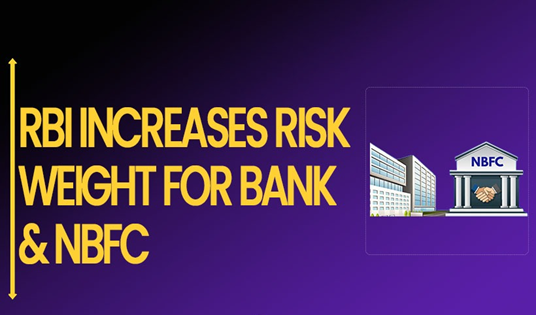Free Courses Sale ends Soon, Get It Now


Free Courses Sale ends Soon, Get It Now



Copyright infringement not intended
Picture Courtesy: www.spidersoftwareindia.com
Context: The Reserve Bank of India (RBI) raised risk weights on specific consumer credit categories to 125% from 100% starting October 1, 2023, necessitating banks and NBFCs to allocate additional capital for these loans.
Risk Weights
What Are Risk Weights?
Factors Influencing Changes in Risk Weights:
Implications of Increased Risk Weights:
Recent RBI's Action on Risk Weights
Impact on Borrowers
Reasons Behind RBI's Concern
Impact on Retail Loans
Conclusion
|
PRACTICE QUESTION Q. How does the Reserve Bank of India's recent increase in risk weights impact the banking sector, and what implications does it have for financial stability and lending practices in the country? |
© 2024 iasgyan. All right reserved